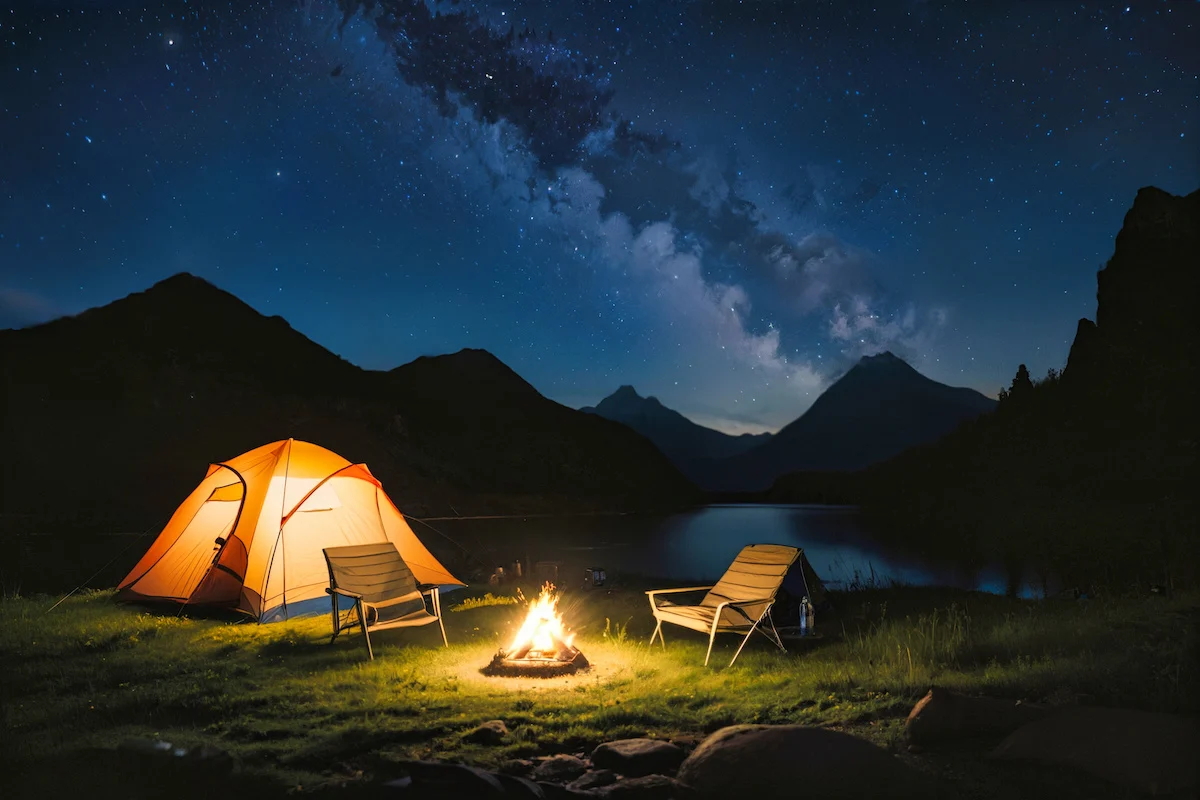nagoyasuzukiamerica.com – Camping photography is more than just snapping pictures of tents and campfires; it’s about capturing the essence and beauty of the great outdoors. Whether you’re a seasoned photographer or a beginner with a smartphone, camping trips offer a plethora of opportunities to take stunning photos. From the serene landscapes at dawn to the vibrant colors of a sunset, every moment in nature has its own unique charm waiting to be captured.
Essential Gear for Camping Photography
To make the most of your camping photography experience, having the right gear is essential. Here are some must-have items:
- Camera: Whether it’s a DSLR, mirrorless, or even a high-quality smartphone camera, choose a device that you’re comfortable using and that can handle various lighting conditions.
- Tripod: A sturdy tripod is crucial for low-light photography, long exposures, and ensuring stability for sharp images.
- Lenses: A versatile lens kit, including a wide-angle lens for landscapes and a telephoto lens for wildlife, can greatly expand the range of your photography.
- Filters: Neutral density (ND) filters can help in bright conditions, while polarizers can enhance the sky and reduce glare.
- Portable Charger: Ensure your camera and other devices stay powered throughout your trip.
Techniques for Capturing the Great Outdoors
Capturing the magic of the great outdoors requires more than just pointing and shooting. Here are some techniques to help you take your camping photography to the next level:
- The Golden Hour: Shoot during the golden hour, the first hour after sunrise and the last hour before sunset, when the light is soft and warm, creating a magical glow.
- Low Light Photography: Experiment with long exposures to capture the movement of water or the night sky, using a tripod and remote shutter release to minimize camera shake.
- Macro Photography: Get up close and personal with nature by using a macro lens to capture the intricate details of plants, insects, and other small subjects.
- Panoramas: Create stunning panoramic images by taking a series of overlapping shots and stitching them together in post-processing.
Composition Tips for Stunning Camping Photos
Good composition can turn an ordinary photo into an extraordinary one. Here are some tips to help you compose your shots:
- Rule of Thirds: Divide your frame into thirds and place the horizon, subject, or point of interest along these lines for a more dynamic composition.
- Lead-In Lines: Use natural elements like paths, rivers, or tree lines to lead the viewer’s eye into the photo.
- Framing: Look for natural frames within the landscape, such as archways, trees, or rocks, to create a focal point for your image.
- Simplicity: Sometimes, less is more. Focus on a single subject or element to create a clean and impactful composition.
Capturing the Spirit of Camping
Beyond landscapes and wildlife, camping photography is also about capturing the spirit of the adventure. Here are some ideas:
- Camp Life: Document the daily life of camping, from cooking over a campfire to setting up tents, to create a narrative of your trip.
- Portraits: Take portraits of your camping companions in their natural environment to capture the joy and connection of the experience.
- Night Sky: Don’t miss the opportunity to photograph the night sky, including stars, the Milky Way, and even northern lights if you’re in the right location.
Conclusion
Camping photography is a rewarding way to preserve the memories of your outdoor adventures while honing your photography skills. By understanding your gear, mastering different techniques, and focusing on composition, you can capture the magic of the great outdoors and create a lasting record of your camping experiences. So, grab your camera, head into nature, and start exploring the world through your lens.
